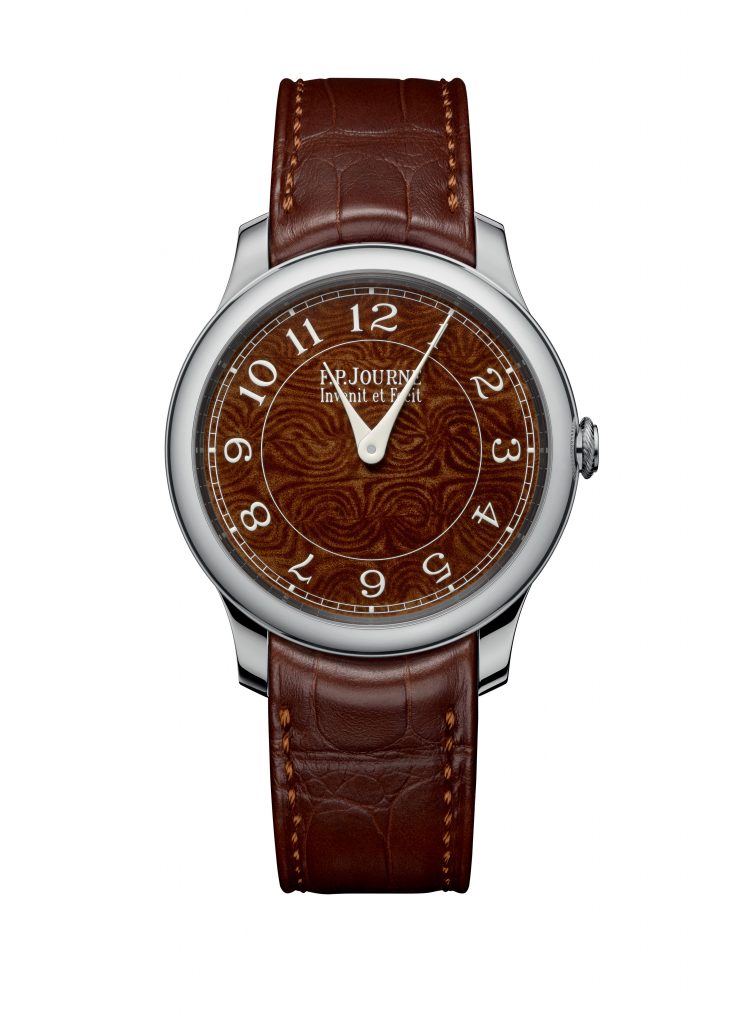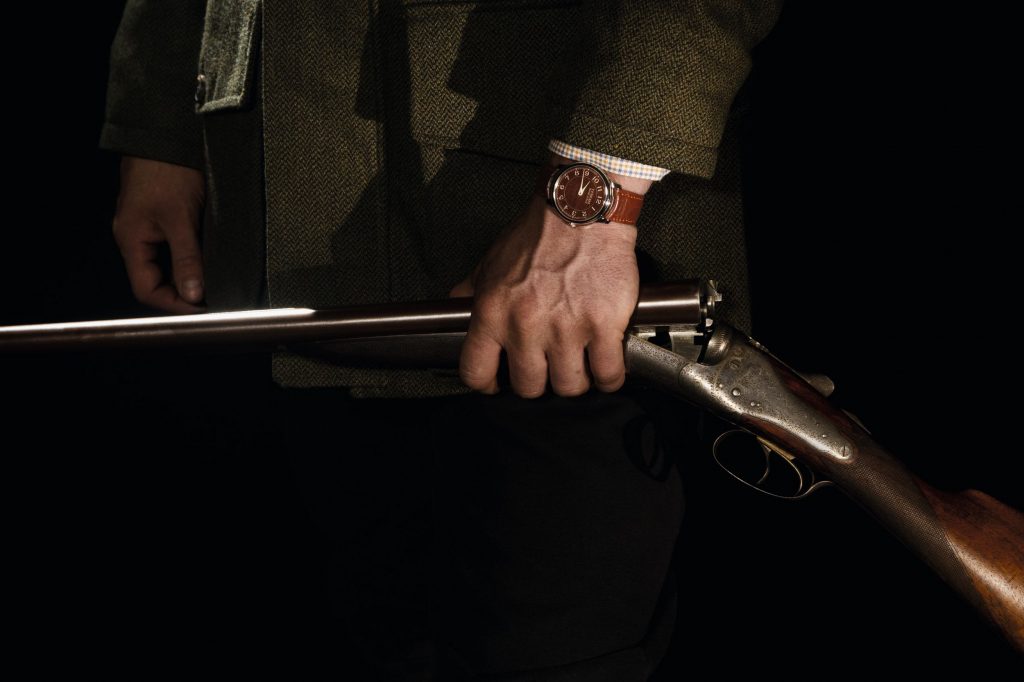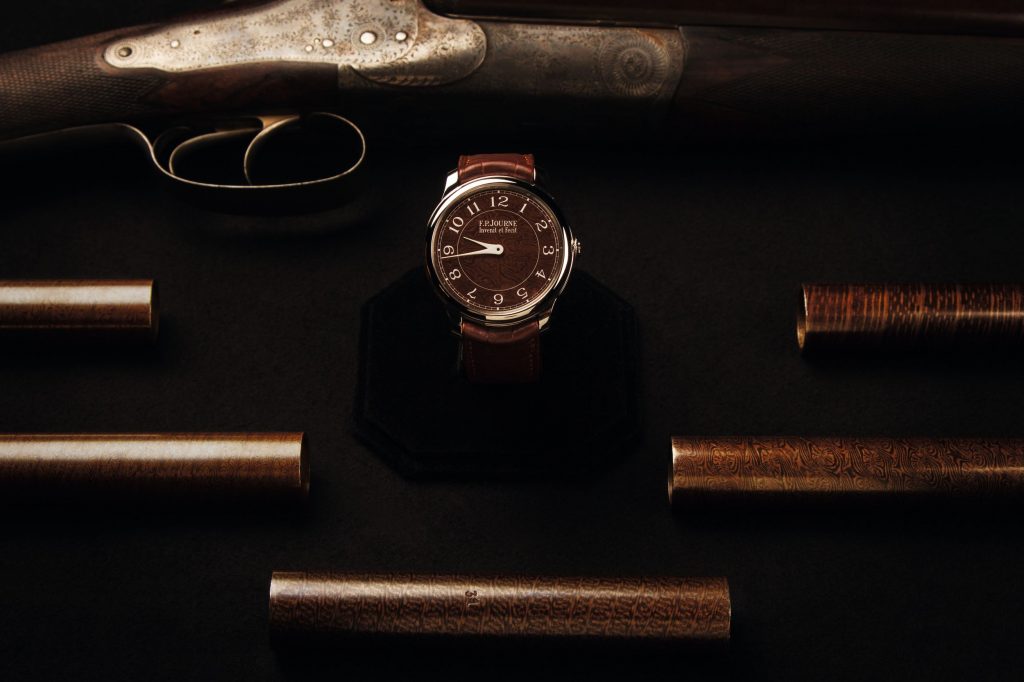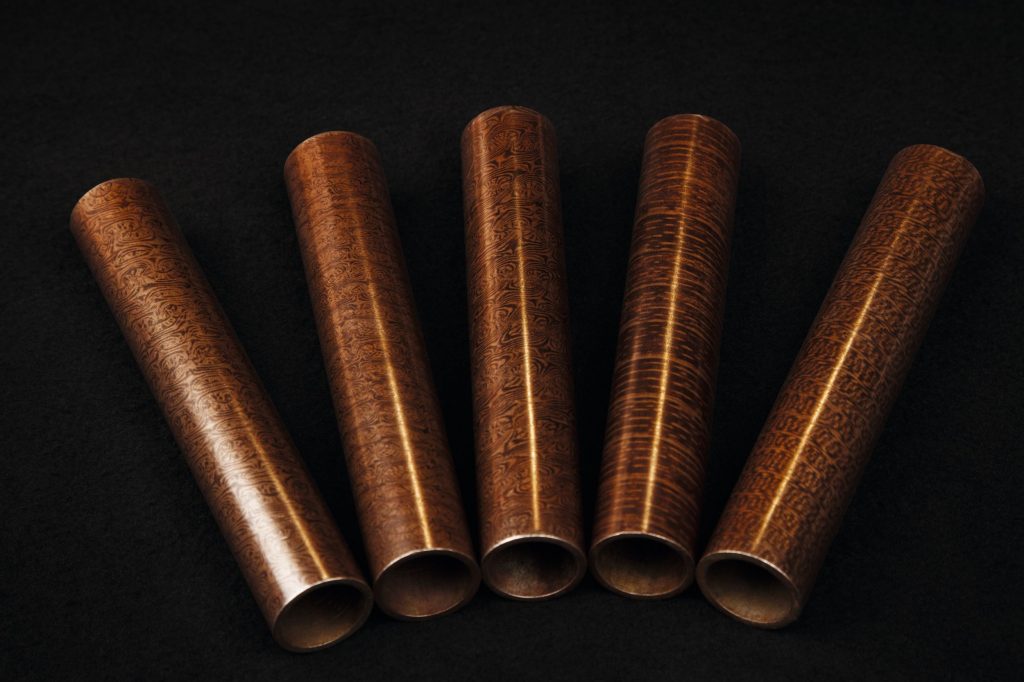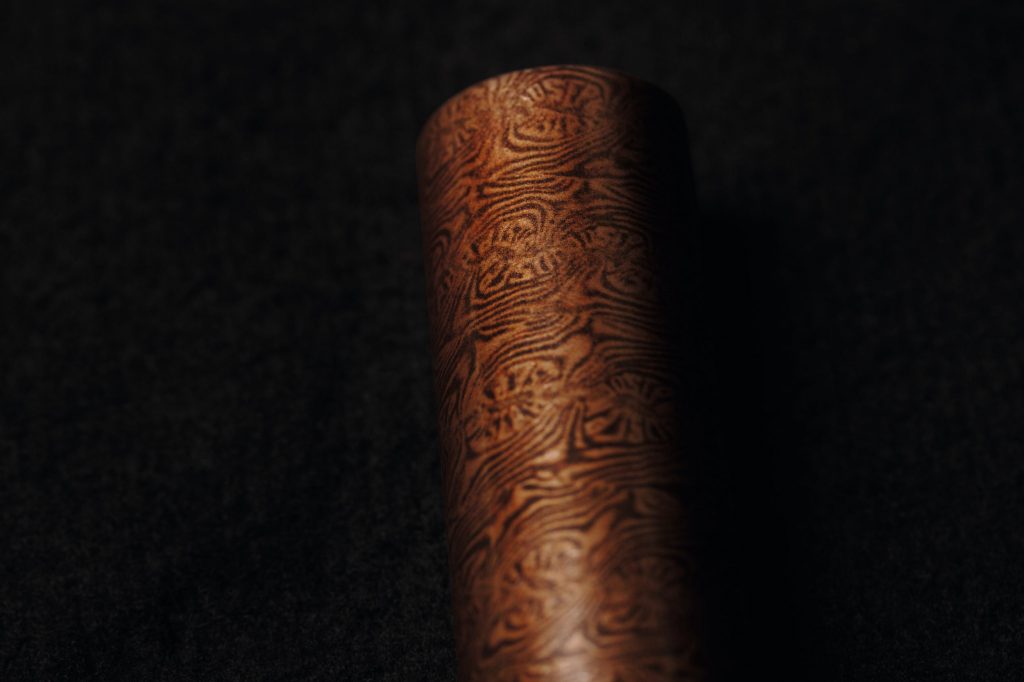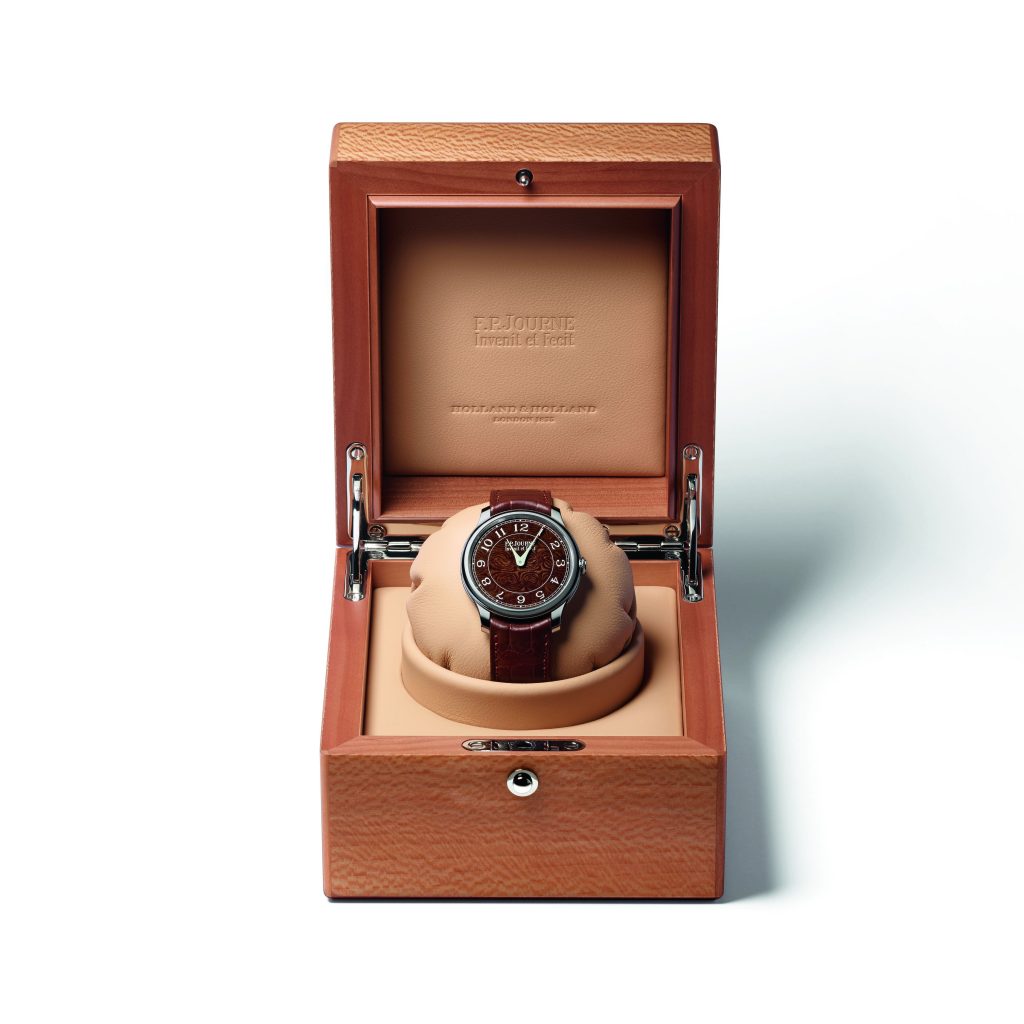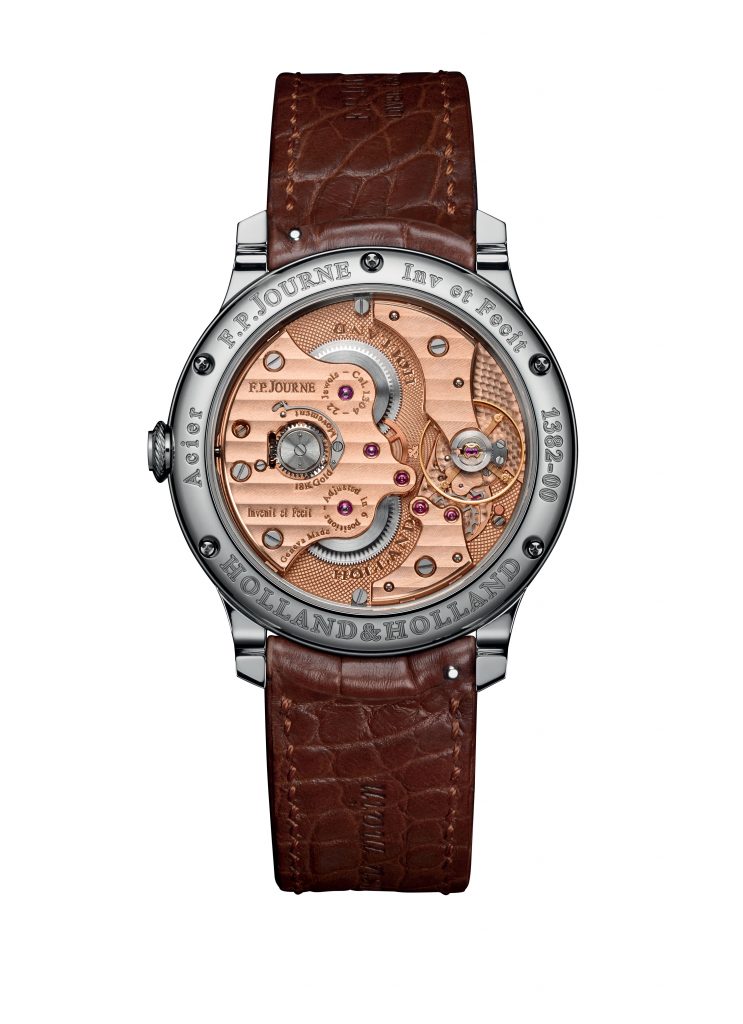A partnership of distinction for the launch of an exclusive common art work, the Chronomètre Holland & Holland
Fine Swiss watchmaker F.P.Journe and gunsmith Holland & Holland are two manufacturers that share common values: excellence, exquisite craftsmanship and tradition, as well as a shared love for beauty.
Both have produced outstanding art objects for decades, each in their own field. Their highly specialized craftsmen have spent endless hours creating and shaping each component. These skilled professional polishers, decorators and engravers, fine wood and precious metal specialists, lacquerers, precision mechanics and watchmakers all perform their tasks tirelessly and meticulously until they attain perfection.
The conception of an F.P. Journe watch can take a minimum of three years; the making of a bespoke Holland & Holland gun can take up to two years, during which time the client can choose each part of his new gun making each gun a bespoke item.
The meeting between Holland & Holland with F.P. Journe could only result in a mutual collaboration as they share ultimately similar values. Their meeting immediately sparked the desire to produce something unique for a special occasion. Over time, the project evolved, notably thanks to the discovery of two antique and rare Damascus steel Holland & Holland guns. Each one is over one hundred years old, and the knowhow that went into making them has since been forgotten.
Always in the search for something exceptional, unique and innovative, F.P. Journe immediately saw the possibility of including these barrels in a unique watch series with a powerful reference to ancient traditions dating back to 1850.
For their part, Holland & Holland was attracted by the idea of allowing two of their nearly 170 years old museum barrels to be used to make magnificent haute horology F.P. Journe timepieces. The two barrels were registered by hand in the company’s books. Barrel No. 1382, dating to 1868, yielded 38 dials, while barrel No. 7183, dating to 1882, produced 28 dials.
Damascus
The idea was to use bars of two or more different types of steel, or iron steel, one having less carbon content, and forge them together into a single bar. This was done by heating, twisting and hammering as needed, and then folding the bar, hammering and forging it again and again. The process was repeated many more times. The result was a bar with layers of steel of different types producing the wavy lines and patterns visible due to the difference in chemical composition between the different bars used.
The technique was first called ‘pattern welding’ and was known to several cultures. The Japanese had been using it to manufacture their swords since 1100 AD, and the Vikings and Celts around 600 AD. By 1570, it was used to manufacture gun barrels in India. The Damascus techniques had spread to the Ottoman Empire and later to Hungary and Spain by the 1650s. The defeat of the Turks at the siege of Vienna in 1683 yielded thousands of captured pattern welded barrels for examination. This accelerated the manufacturing of pattern welded barrels in Europe. By 1700, the Belgians were producing pattern welded barrels in Liège, and in the early 1800s, the technique was used in England to produce high quality sporting barrels.
Preparation of the dials
In order to produce the dials, the gun barrels were first cut along their entire length at the Holland & Holland factory and rolled out to form flat strips. These were cut to into smaller strips, which could then be cleaned, polished and reduced to the required thickness.
The material was then sent to F.P. Journe’s own dial makers, “Les Cadraniers de Genève” where the dials were cut out. They were sent back to Holland & Holland and “browned”, a traditional gun-making technique that helps protect the steel and highlights the wonderful patterns created during the original manufacture of Damascus barrels. The process is the same today as it was when the guns were made in the late 1800s. Each dial thus has a unique pattern making each watch unique.
The watch case
Given the Holland & Holland steel dial, F.P. Journe’s most suitable option was to make a steel case as well. The watch comes in a 39-millimeter case which easily adapts to most wrists. The sapphire crystal with anti-reflection coating enhances the special wave pattern of the dial.
The exclusive Limited Series
The two antique Holland & Holland barrels, bearing the serial numbers 1382 (38 dials) and 7183 (28 dials), garantee that the dials will never exist in any other watch. The Chronomètre Holland & Holland is accessible to F.P. Journe and Holland & Holland collectors through an application process.


